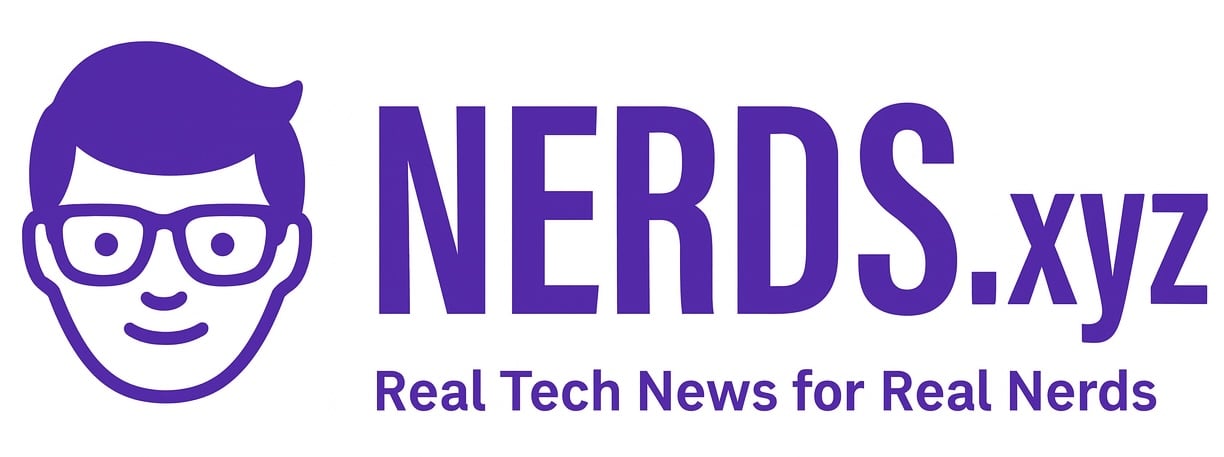Google is taking a swing at hurricane forecasting with a new tool called Weather Lab. The project, developed by Google DeepMind and Google Research, uses artificial intelligence to better predict tropical cyclones. And it’s not just for show – the U.S. National Hurricane Center is already testing it during the 2025 storm season.
At the heart of Weather Lab is an experimental AI model that simulates 50 possible storm scenarios up to 15 days in advance. It uses something called stochastic neural networks to figure out where a storm might go and how strong it might get.
Early results are eye-opening. In testing, Google’s model predicted the tracks of storms like Jude and Ivone a full week before they took shape. When compared to trusted tools like NOAA’s HAFS and the ECMWF’s ENS system, Google’s AI often came out ahead.
For example, in the North Atlantic and East Pacific, Google’s five-day storm track forecasts were around 140 kilometers closer to the real path than ENS predictions. That’s the kind of improvement that used to take a decade.
It’s not just about the path, either. Forecasting a storm’s intensity has always been tricky. Big models can track movement, but they often miss the small-scale details inside a storm. Google’s model tries to handle both, using a huge amount of weather and storm history data to train itself.
The Weather Lab website lets users explore these AI predictions alongside traditional models. It also includes over two years of historical cyclone forecasts so researchers can run comparisons. But don’t mistake it for an official forecast. Google warns that Weather Lab is still experimental, and people should rely on local weather services for real warnings.
Still, the model is getting attention. The National Hurricane Center is already looking at the predictions. So are researchers at Colorado State University and meteorologists in Japan and the UK. Dr. Kate Musgrave from CSU said their early evaluation found it to have “comparable or greater skill than the best operational models.”
It’s part of Google’s broader push into AI-driven weather prediction under its WeatherNext project. The hope is that better forecasts can help save lives and reduce the damage caused by storms.
Of course, with Google, there’s always the question of where this all leads. For now, it’s a tool aimed at helping communities prepare. Whether it stays that way is anyone’s guess.


